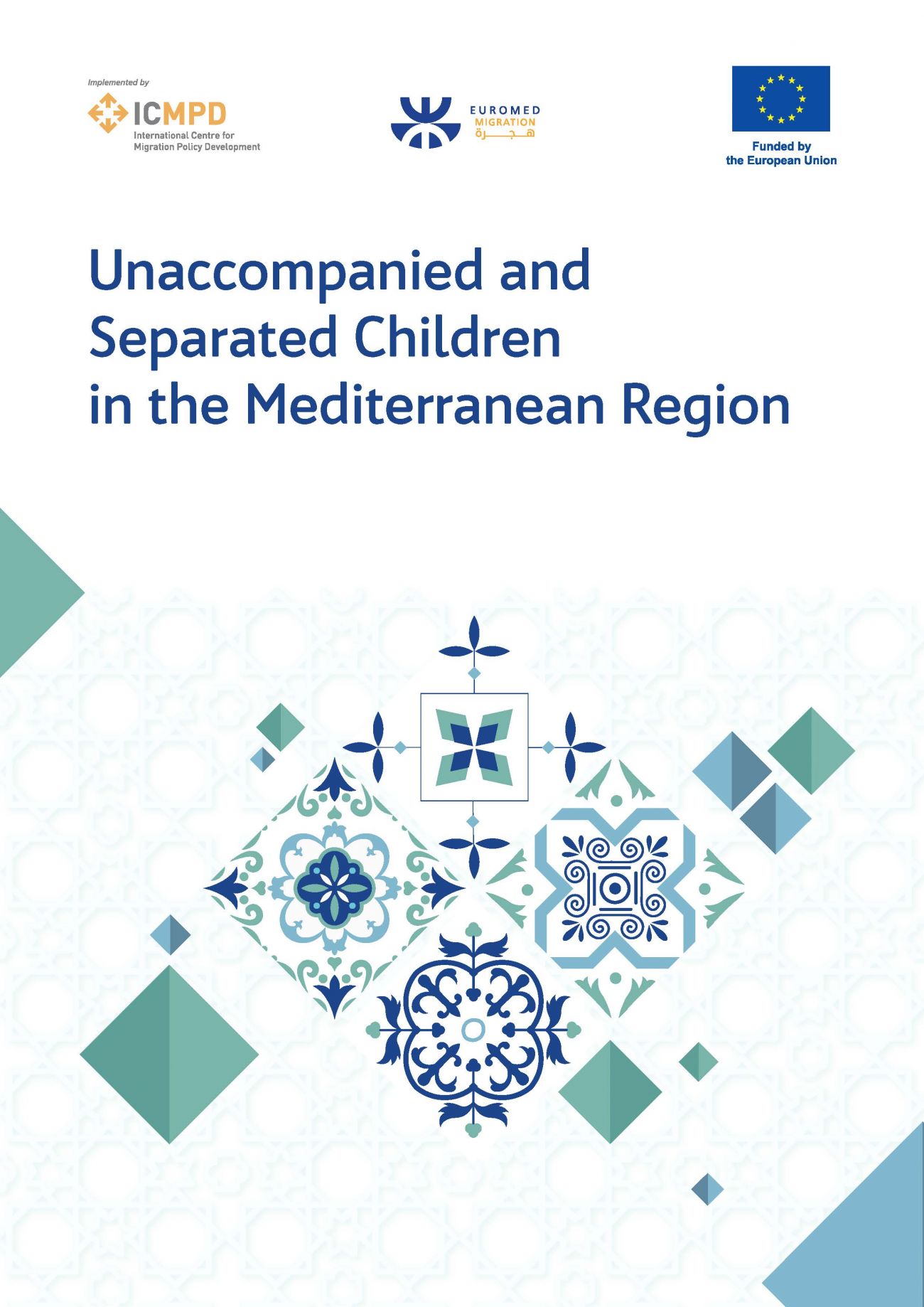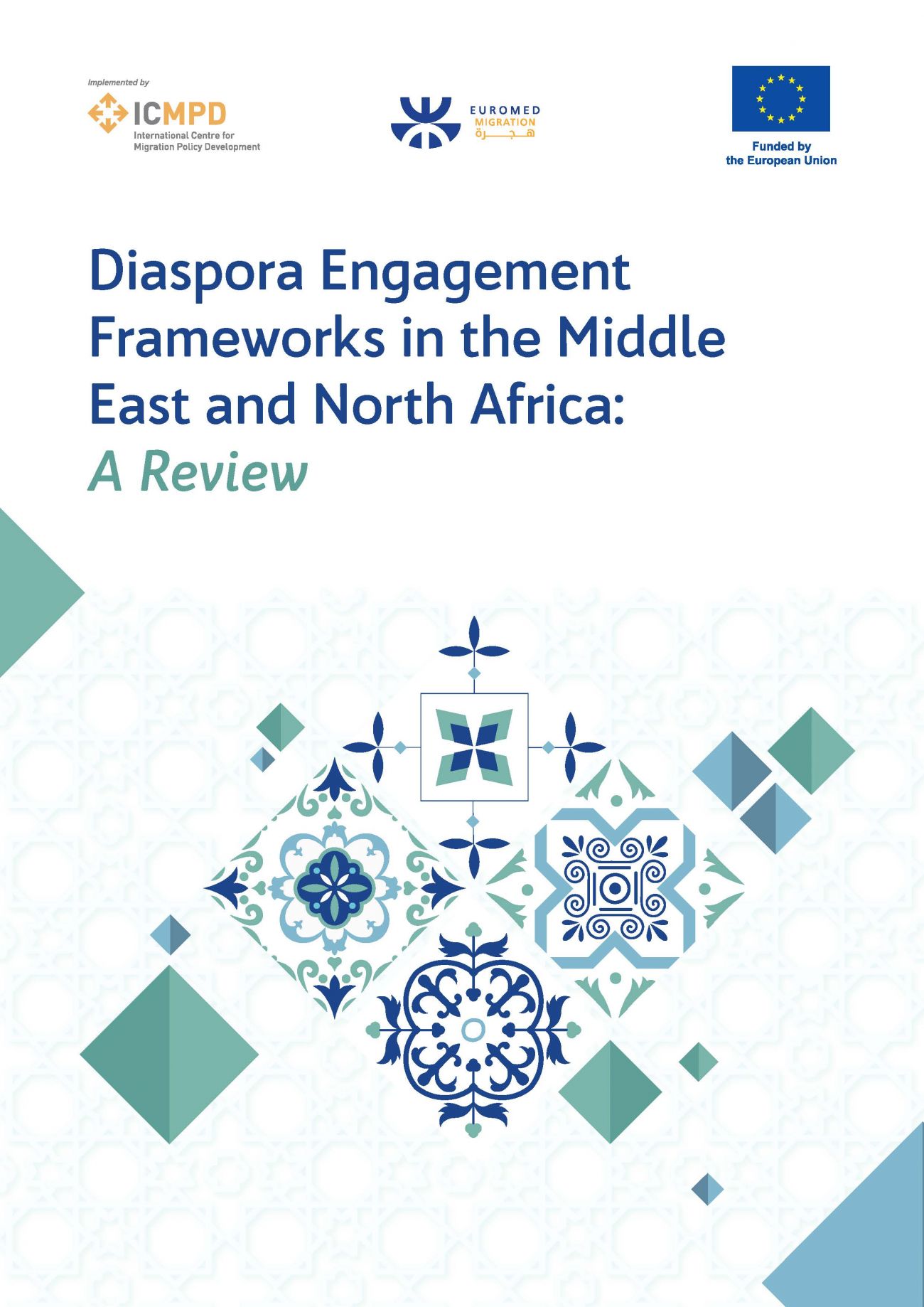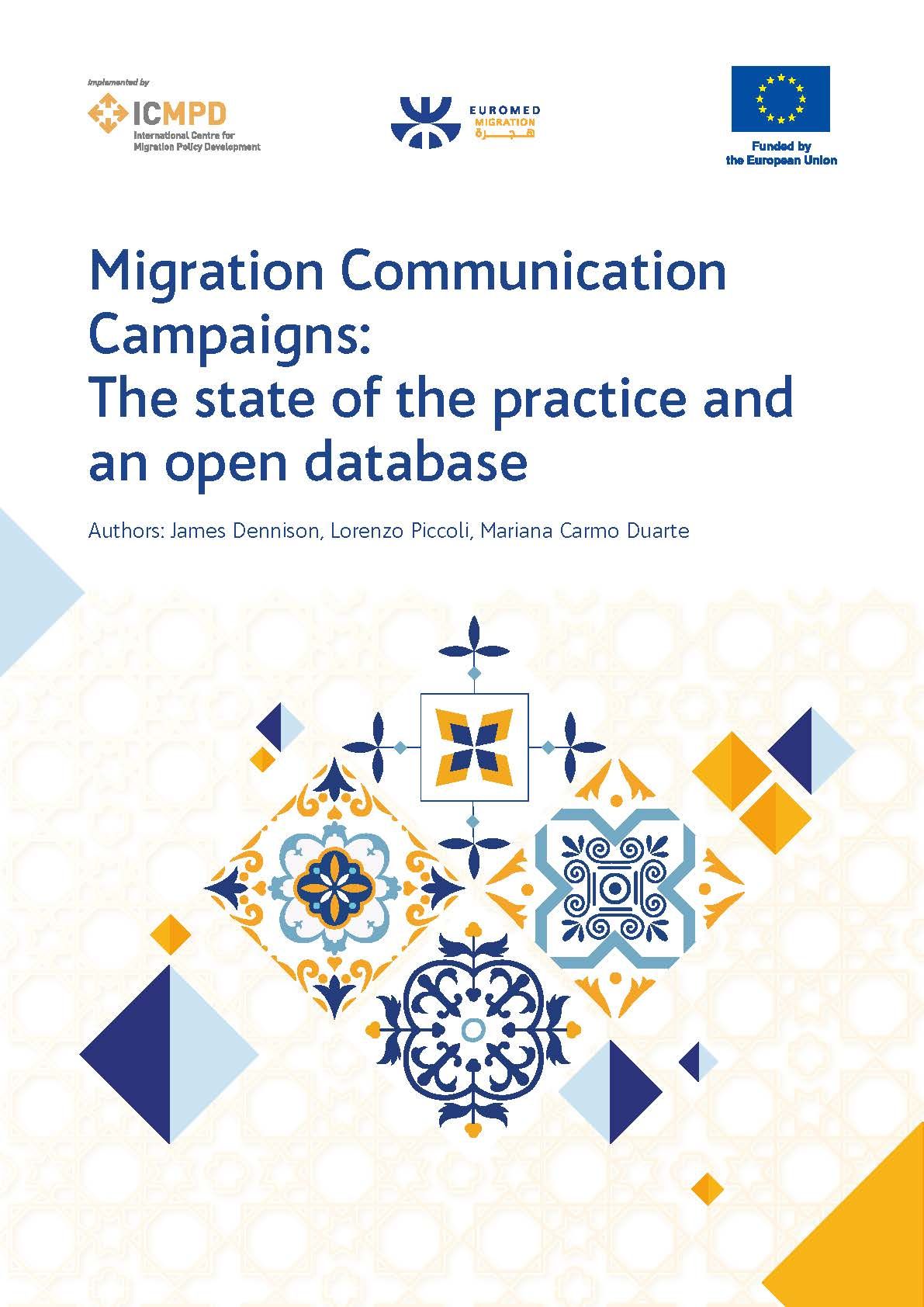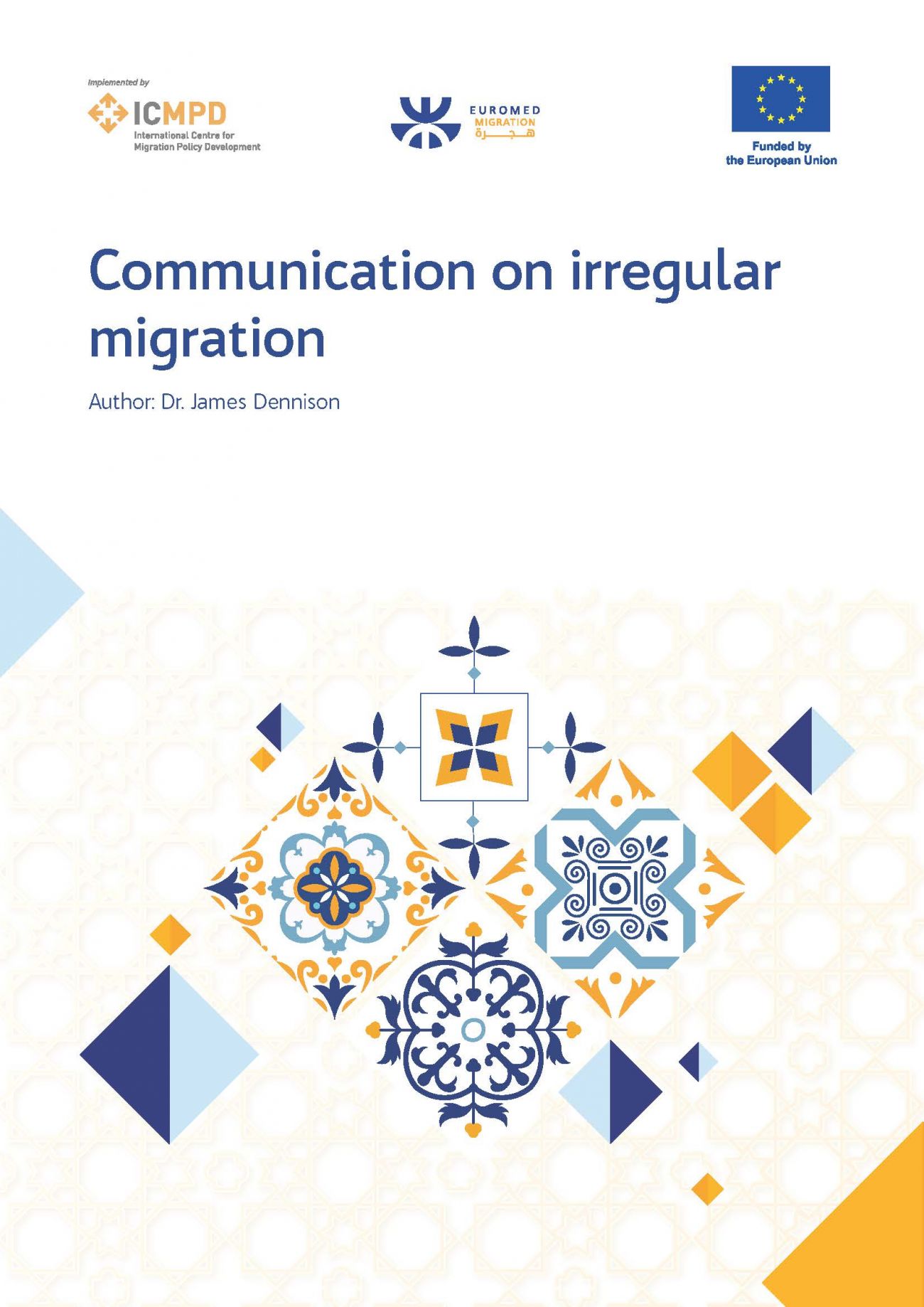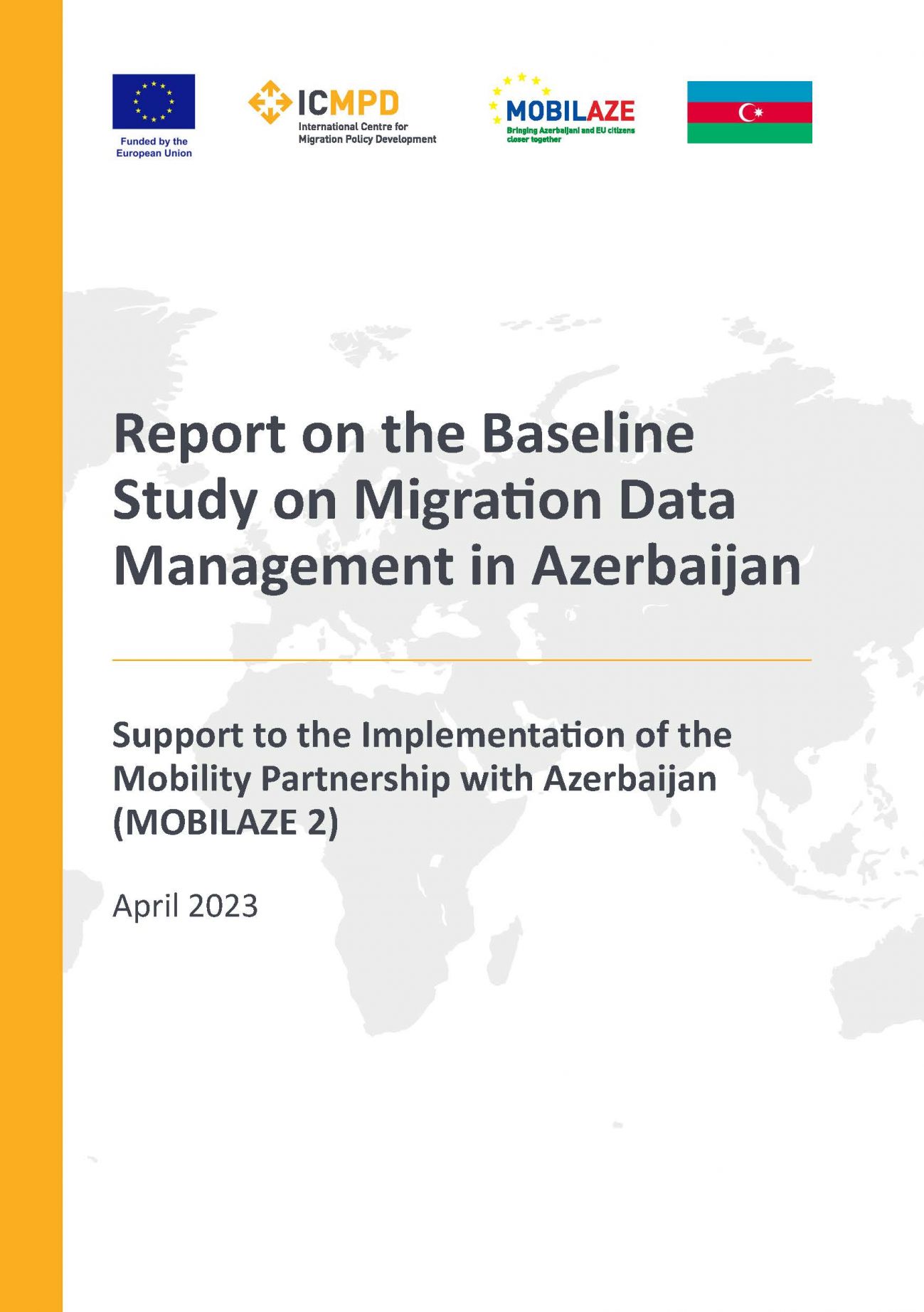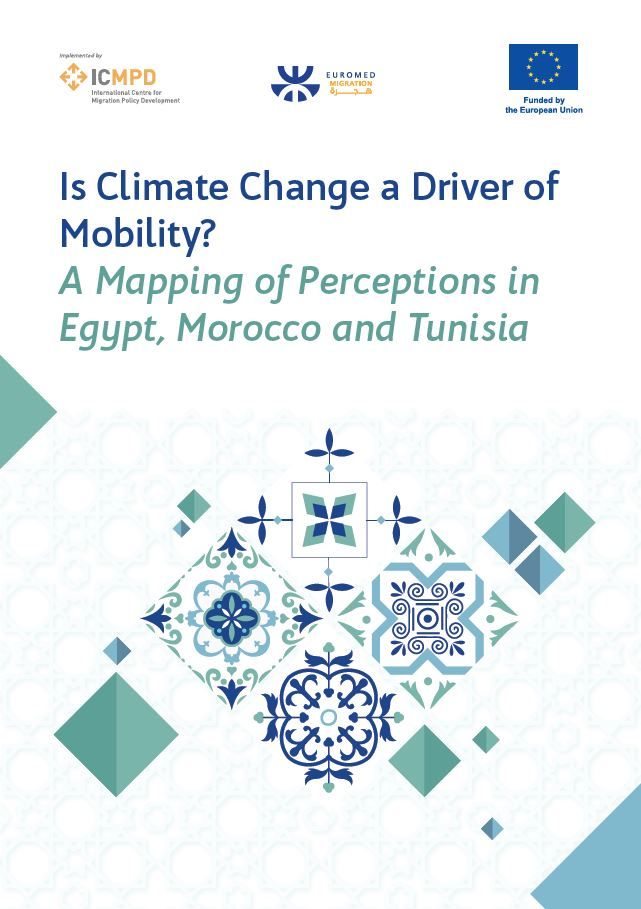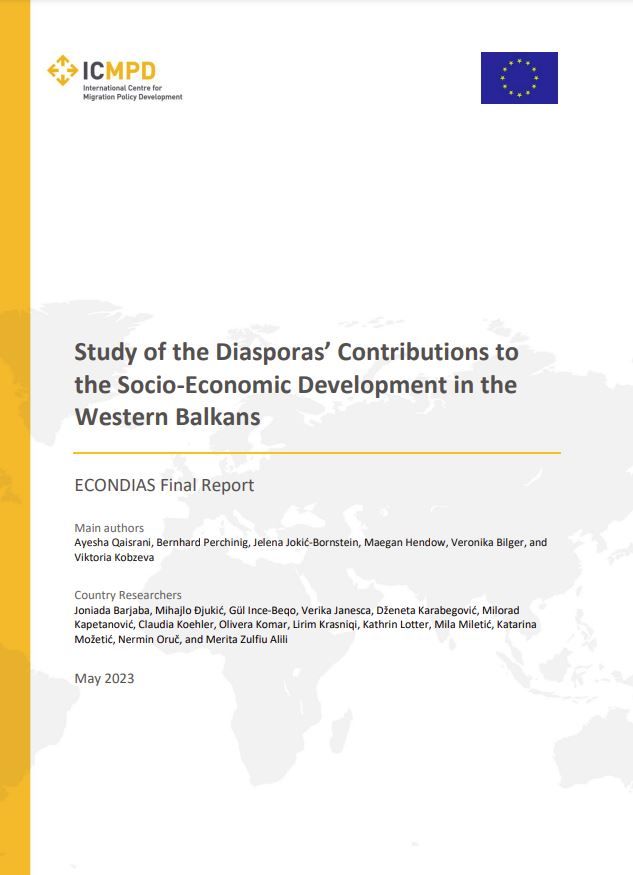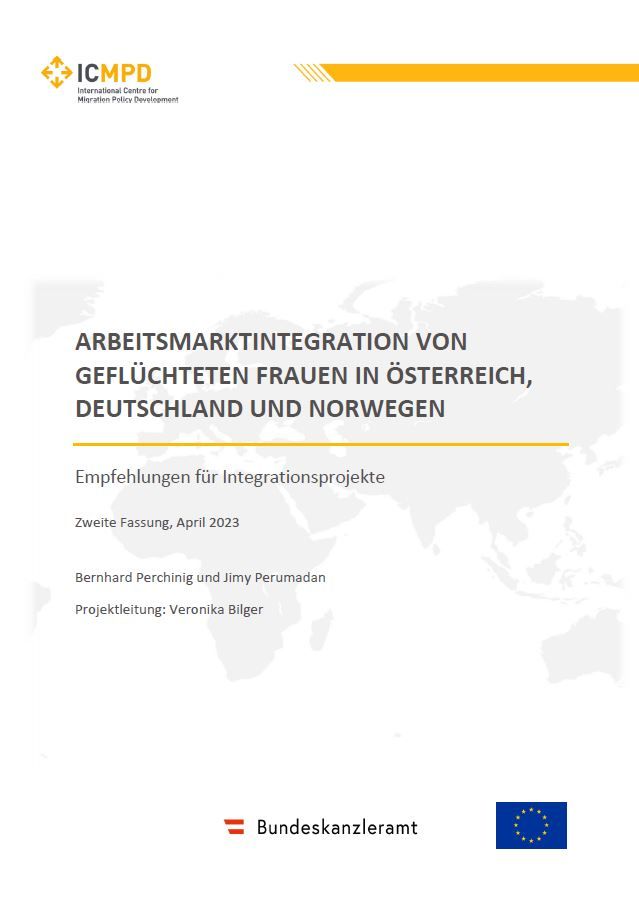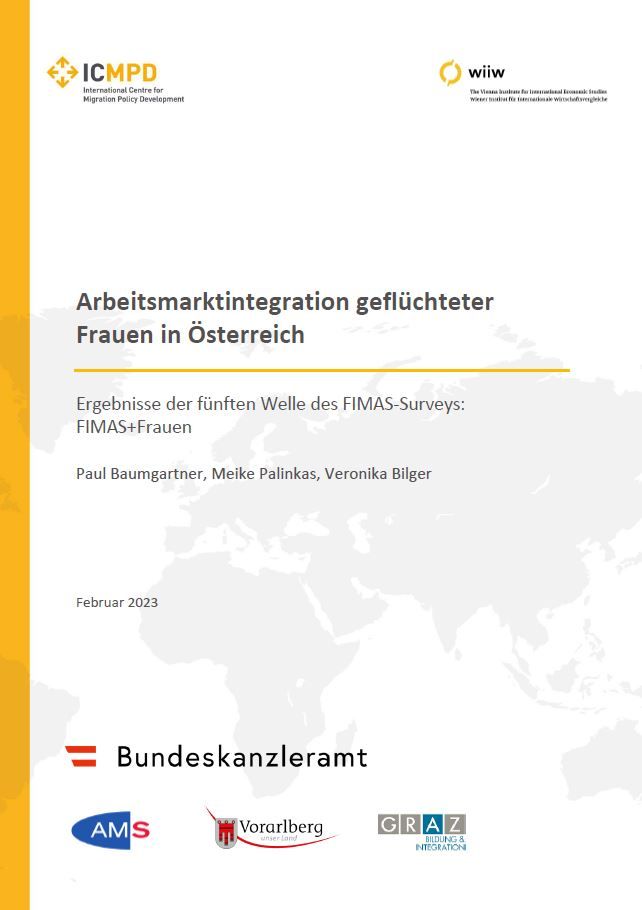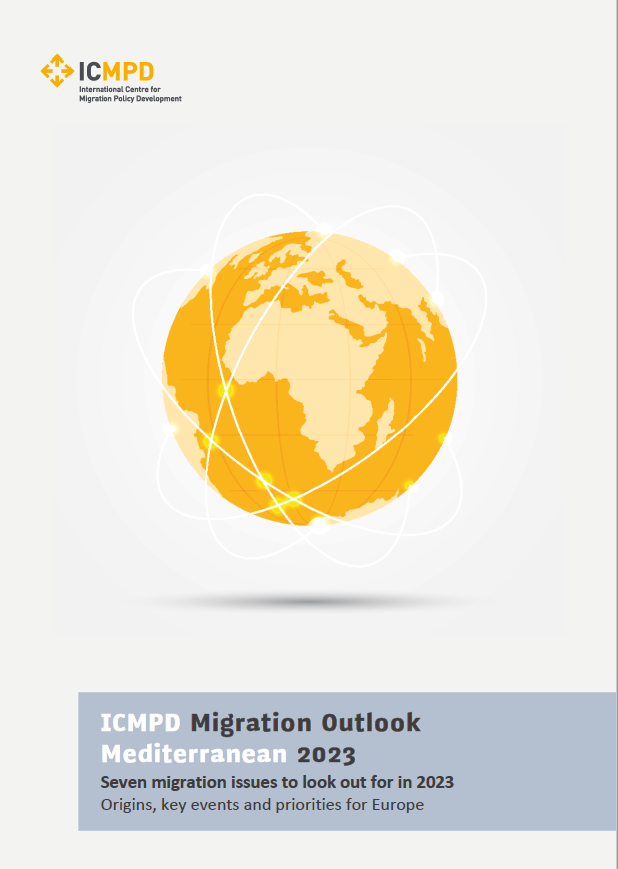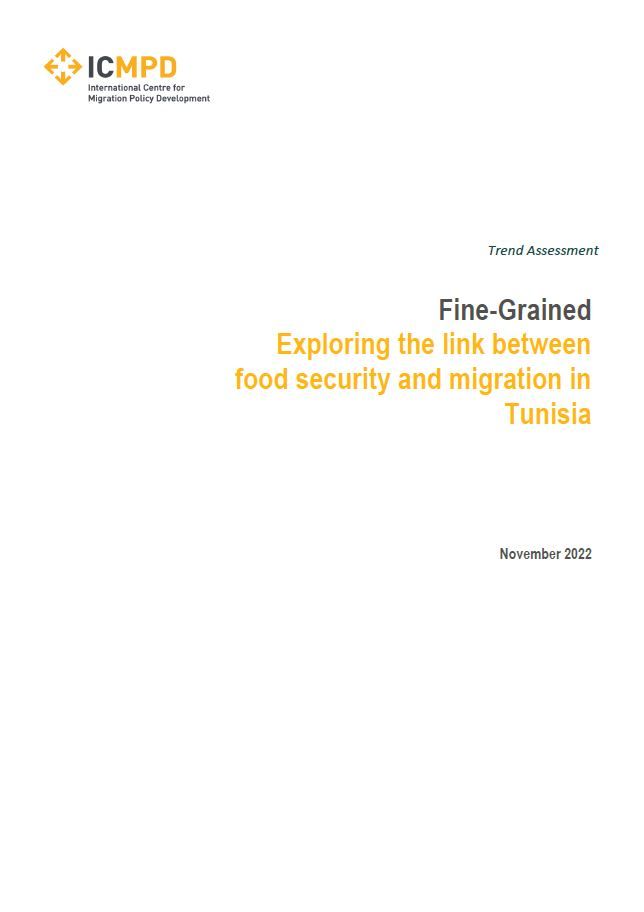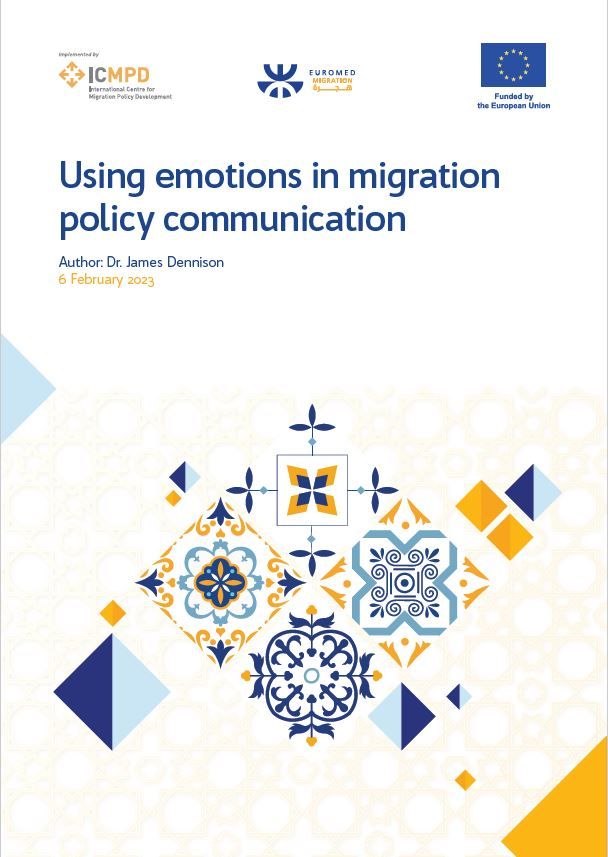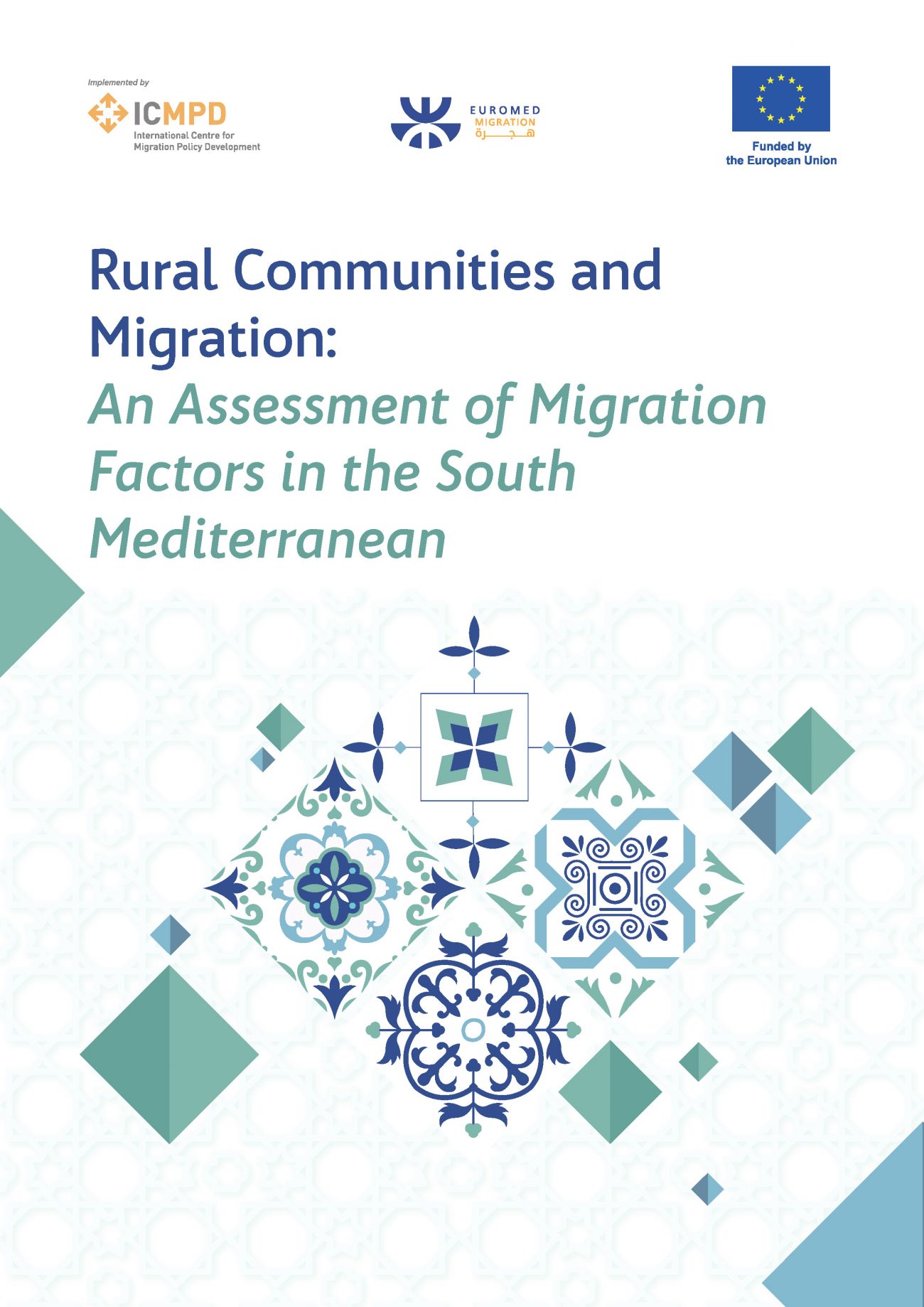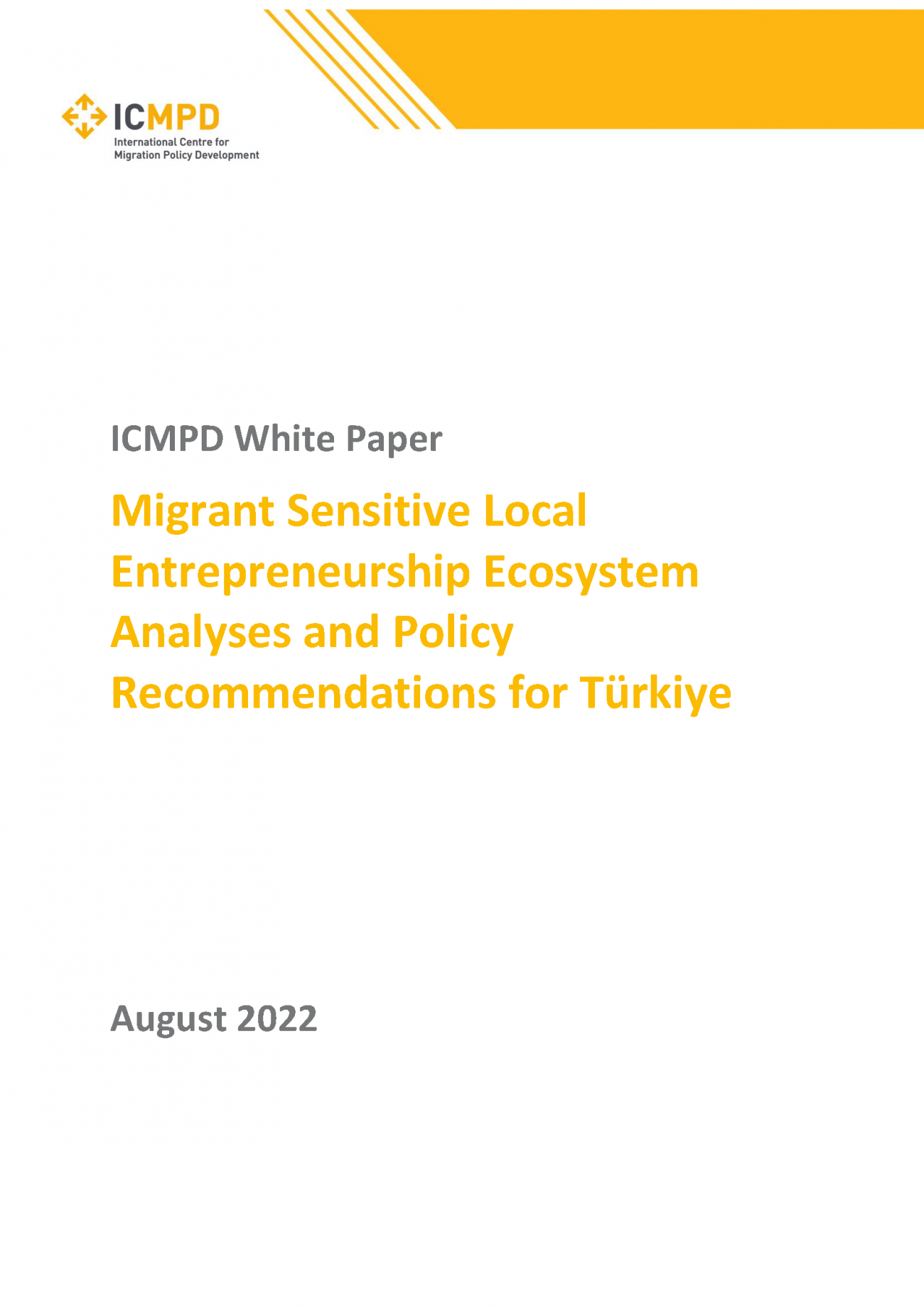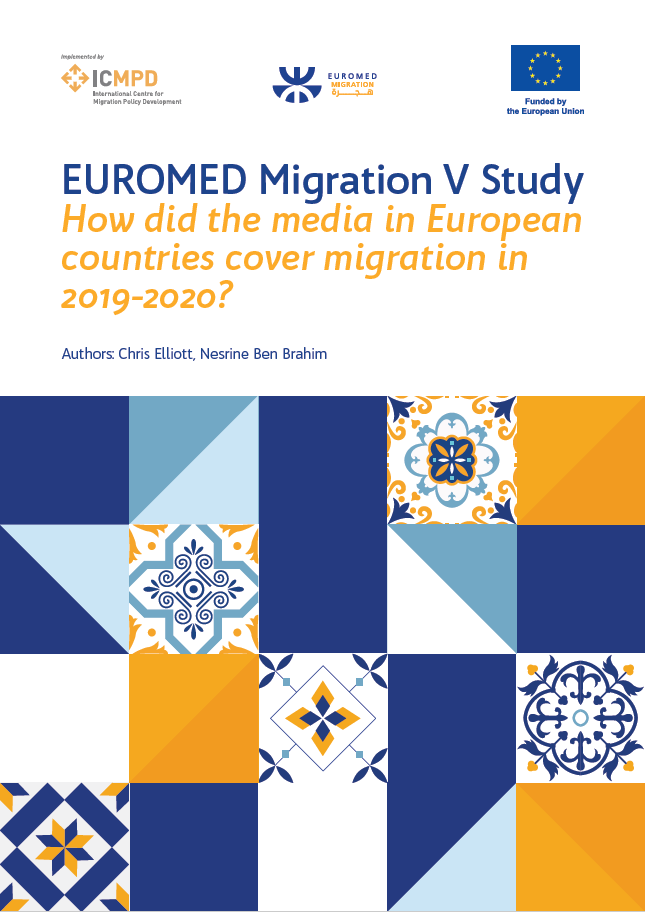Emotions are regularly cited as vital components of effective strategic communication in the world of migration and beyond. However, until this report, there was relatively little guidance about how emotions should be used in migration policy communication. Emotions are vital to persuasion because attitudes have a cognitive (thinking) component and an emotional (feeling) component. Moreover, eliciting emotions causes involuntary but predictable physiological and behavioural reactions. Emotions can be used in communication to make one’s messages more resonant and impactful on both attitudes and behaviours, supporting policy objectives via persuasion.
Communicators should choose the desired emotional reaction according to the desired physiological and behavioural reaction using existing psychological schema, one of which this report analyses with 32 separate emotions and physiological reactions. Eliciting unsuitable emotions may have adverse reactions from audiences. Communicators can use this report’s recommendation and framework to ensure that the emotions, physiological and desired behaviours of their campaigns are aligned and thus effective. Narratives, personal-based messages, facial expressions, body language, and aesthetics can be used to create emotional resonance and reduce psychological distance. Frames, ordering (“emotional flow”), intensities, and certain combinations can also be used to elicit different emotions with predictable outcomes.
Emotions should be used to make one’s argument more resonant but the argument should not be simply based on the emotional reaction—the “appeal to emotion” logical fallacy. Indeed, for emotion-based communication to work, it should also use facts, values, identities, and efficacy. Emotion-based communication in the field of migration, although widely used, is largely untested—communicators should test different approaches but also can take lessons from other fields such as corporate, health, and climate change communications.
This report critically analyses 10 examples of good emotion-based migration communication, highlighting the different emotions and physiological reactions that they are likely to induce, and to what extent these are in line with the communication campaign’s stated objectives.



